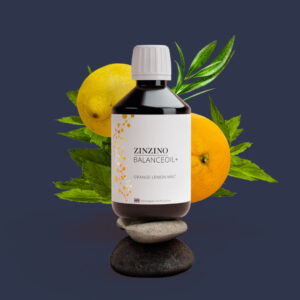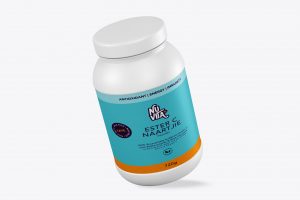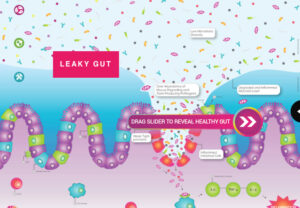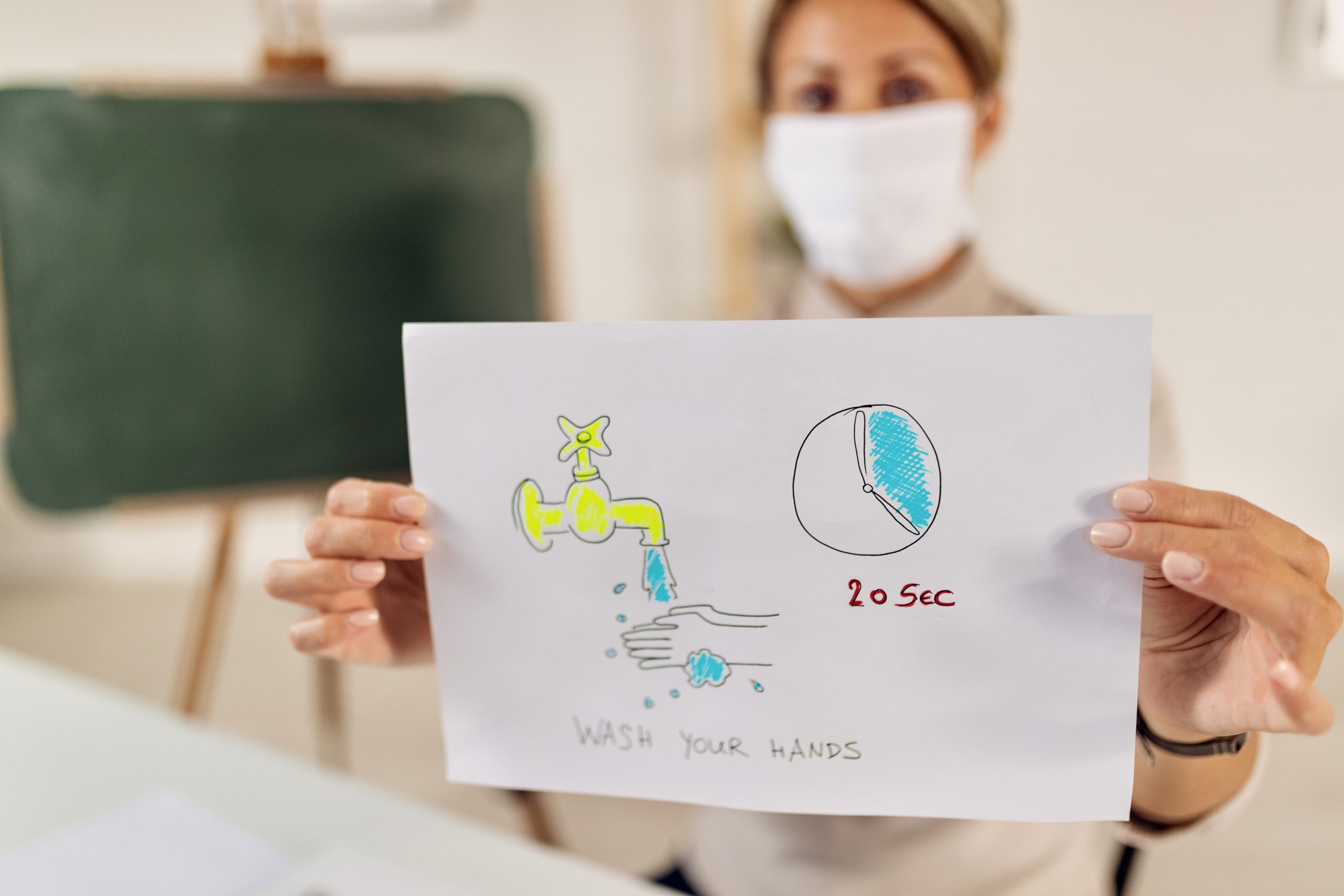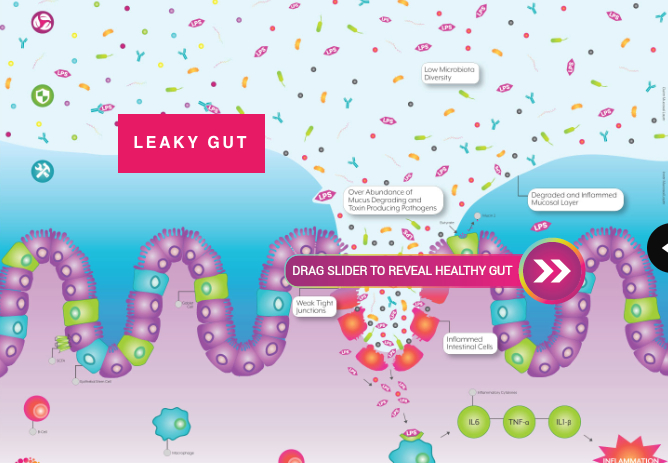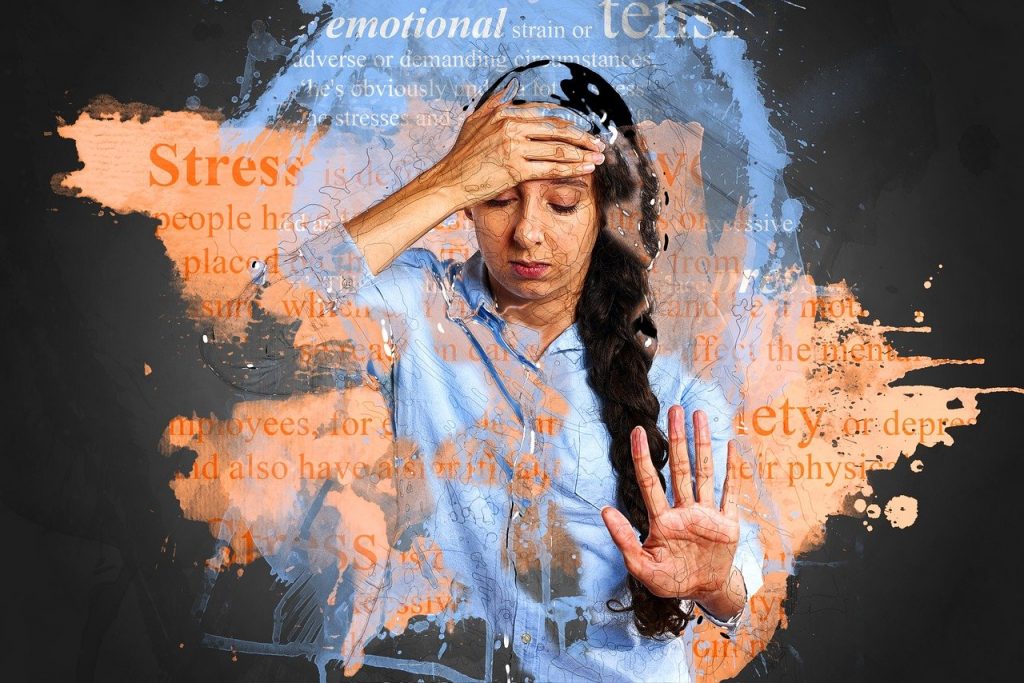
In 1988, several studies on Xanax (alprazolam) were published.
First Study
The first study found that at week 8, Xanax was no better than placebo for panic attacks. However, the researchers tried to hide this by using an “endpoint analysis” which intentionally favors the Xanax group by considering people who dropped out of the study in the placebo group as “nonresponders.”
Second Study
The second Xanax study from 1988 demonstrated high rates of side effects, primarily sedation, ataxia, and memory loss/cognitive ability loss. Despite these health concerns, the researchers report “patient acceptance of alprazolam […] was high.” Their evidence: simply that their participants didn’t leave the study.
Third Study
The third Xanax study from 1988 found that after withdrawing from the drug, people got much worse. People who never took Xanax continued improving, down to less than 2 panic attacks on average, while people who took Xanax and then discontinued went up to almost 7 panic attacks each, on average. Overall anxiety also got much worse for the people who’d taken Xanax.
1989 Summary of Studies
In a 1989 summary of these studies, the author wrote “Alprazolam had no significant effect at week 8 on most completer analyses, and all gains were lost once the drug therapy was stopped. Moreover, at the last week after taper, patients receiving alprazolam were in a worse state than patients receiving placebo, in terms of panic (350% worse, in Table 1 of the article by Pecknold et al), phobias, and Hamilton anxiety (other measures were not reported).”
1993 British Journal Article
A 1993 article in the high profile journal British Journal of Psychiatry reported on two Xanax studies, London and Toronto. “At week 8 exposure therapy was twice more effective than alprazolam on non-panic measures, both in London and in Toronto (neither treatment did better on panics than the double-placebo, which reduced panics so effectively). This conclusion is reliable.” Exposure therapy, a non-drug psychotherapy, was twice as effective as Xanax for anxiety. On panic measures, the placebo (control group) was the best treatment! The authors also note that their support was suddenly taken away by the pharmaceutical industry once they found results that the industry didn’t like, and in fact the pharmaceutical company (Upjohn) who had supported their study invited others to critique it and try to discredit it!

